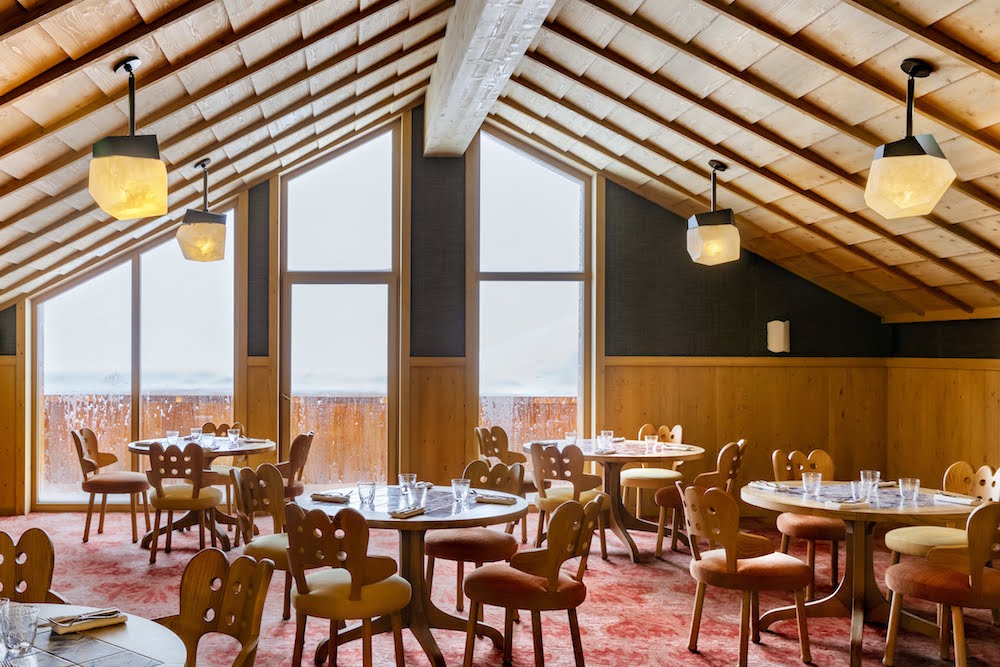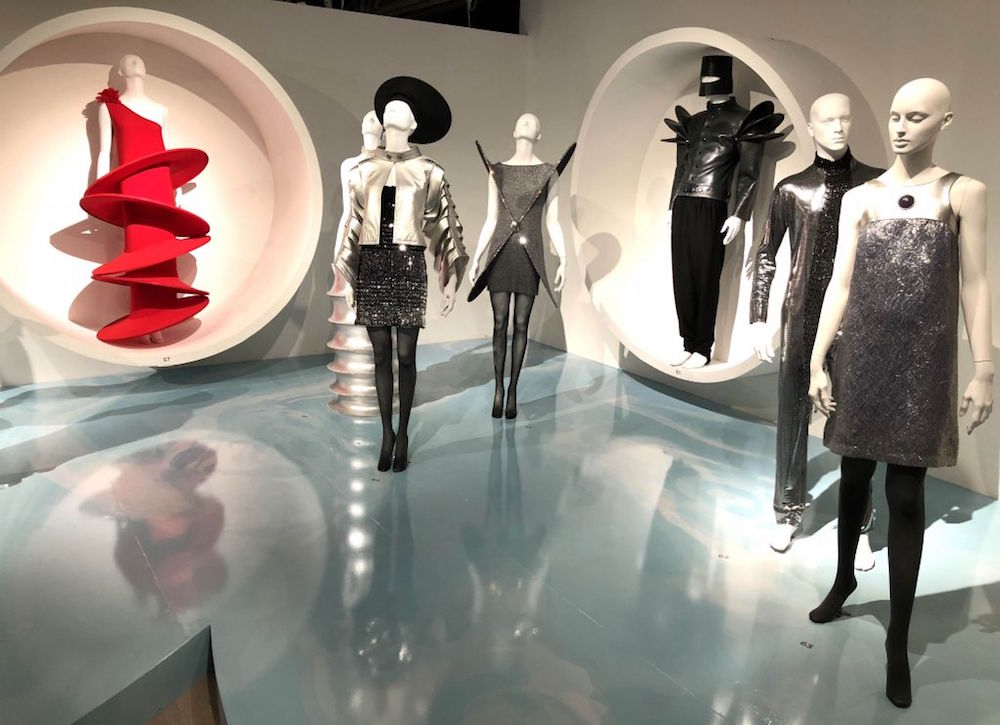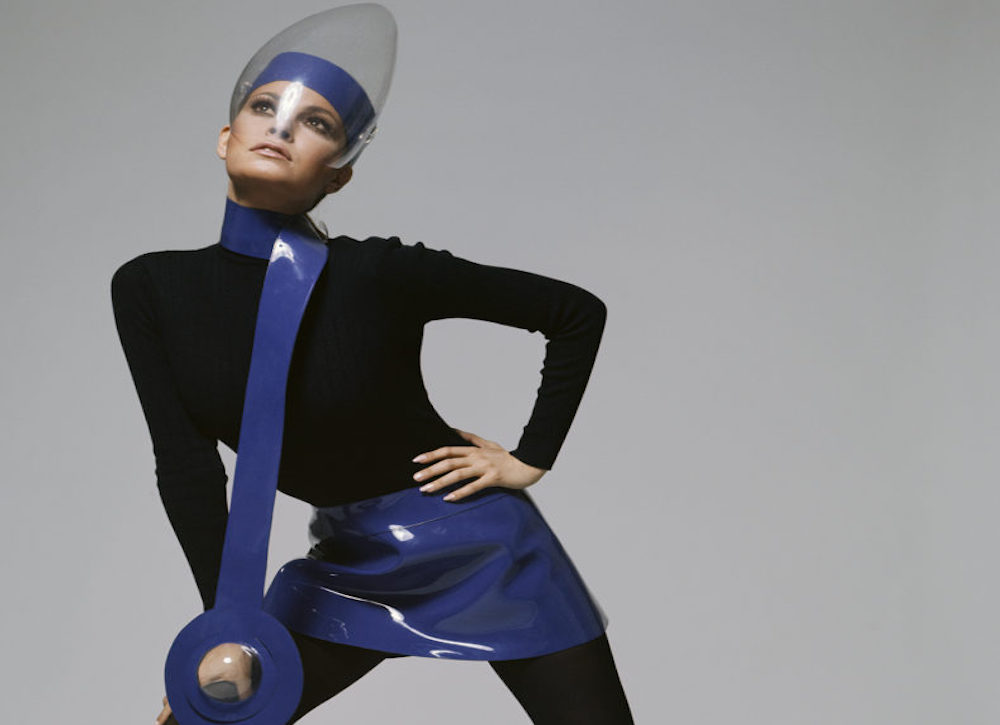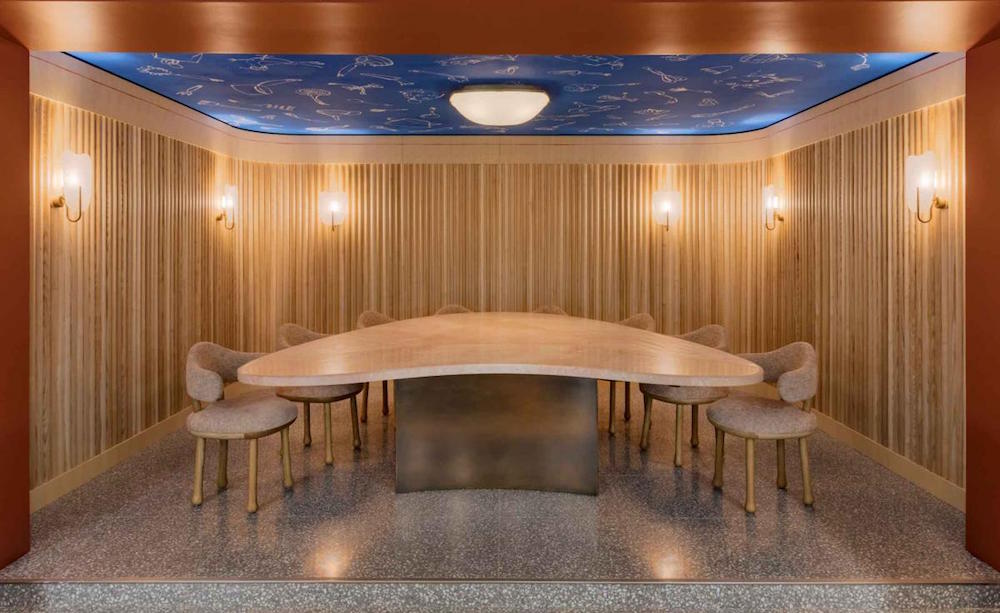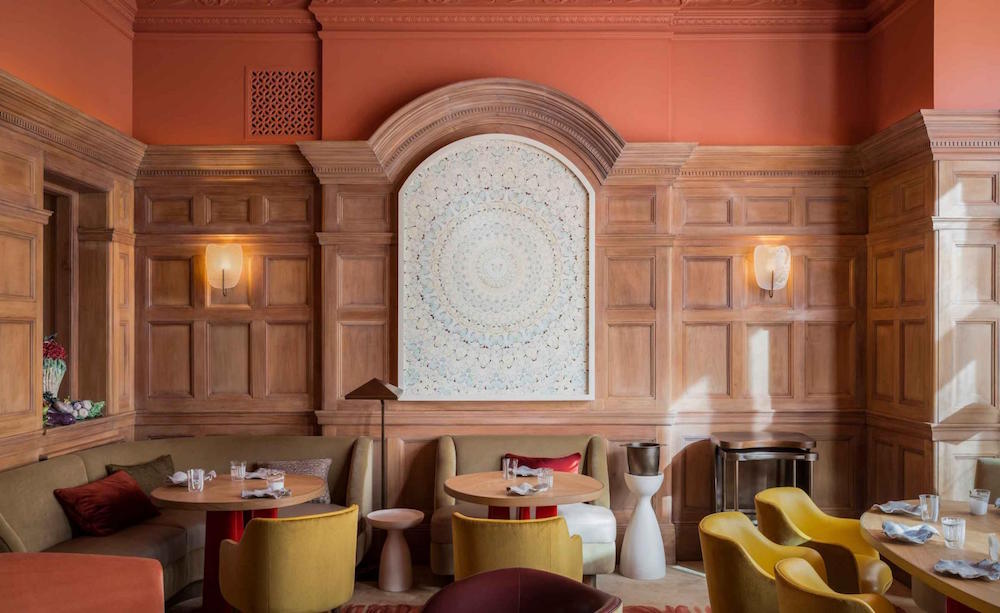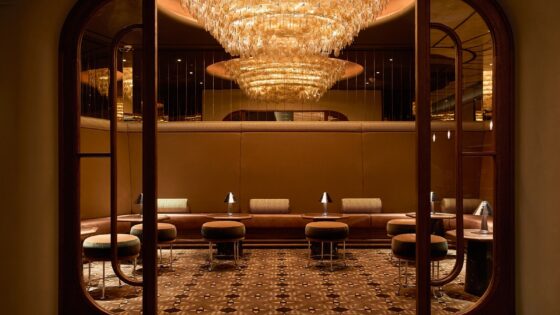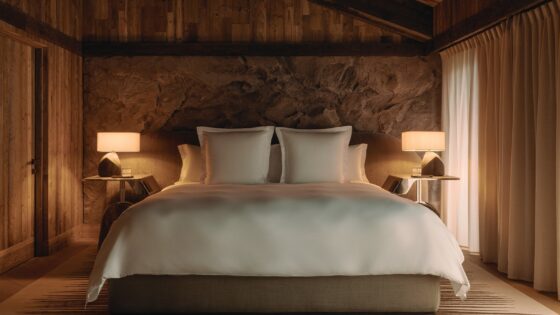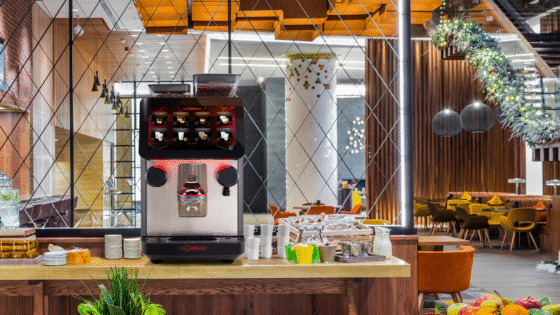With his latest project Hotel Le Coucou in the French Alps as an apt backdrop, Wallpaper*’s Designer of the Year Pierre Yovanovitch joins editor Hamish Kilburn to discuss milestones, new directions and his signature couture approach to interior design…
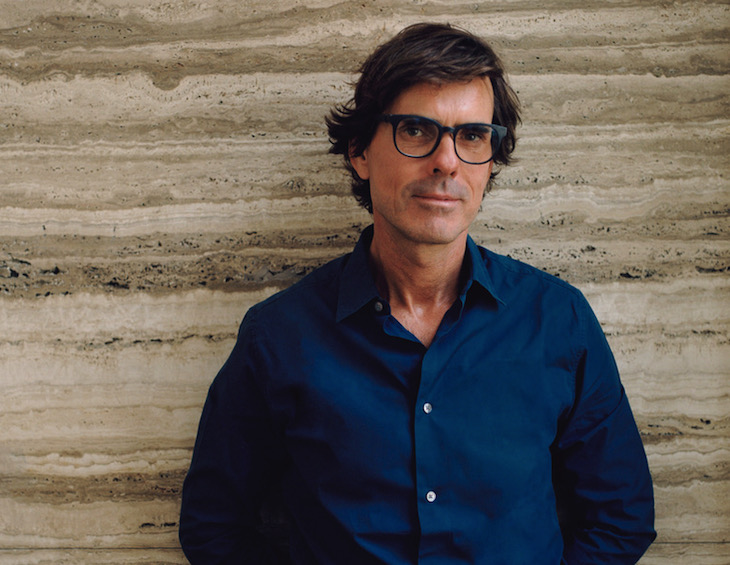
In my official review of Hotel Le Coucou, I mention that it is the hotel’s idiosyncratic take on slope-side luxury that has made it onto the radar of winter luxury travellers. Far removed from the conventional ski-in/ski-out luxury hotel, Hotel Le Coucou, more than 1,400 metres above sea level, takes unapologetic risks in its design to boldly shelter contrasting tones, bespoke lighting and animal-shaped furniture.
“They told me about the project, and mentioned that I was the only designer they were interested in working with for it.” – Pierre Yovanovitch.
The creative genius behind the project who in just three years sensitively created the 55-key new-build hotel, from a piste ski route into the jewel it stands as today, is Pierre Yovanovitch. The fashion designer who turned architect/designer was recently crowned Wallpaper*’s Designer of the Year 2019. He joins me for breakfast during my review of the hotel in the property’s Bianca Neve restaurant. Together, we discuss overcoming project obstacles, working to tight deadlines as well as the key moments that have shaped his abstract career.
Making the headlines recently for becoming Wallpaper*’s Designer of the Year 2019, Yovanovitch’s unique style is in hot demand. “For me, being celebrated in that way was completely unexpected,” he tells me. “For the business, though, it has been a real turning point. We have just opened an office in New York, which was completely necessary because of the increase in projects we are working on in North America. However, regardless of where we open offices, we will always be proud to be a French design studio in our approach to all projects.”
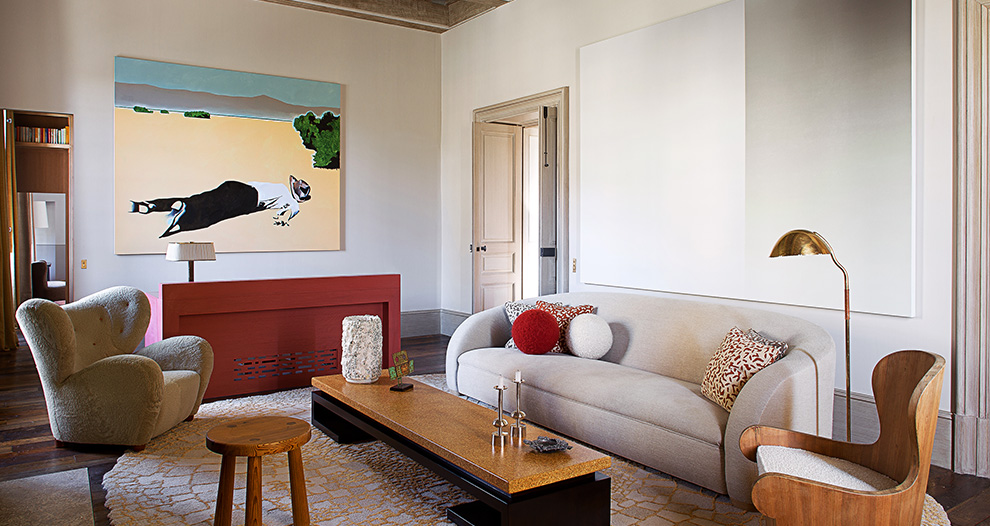
Image caption/credit: Chateau de Fabrègues, Provence/Jérome Galland
Hamish Kilburn: Let’s talk about Hotel Le Coucou. Why was was it your most challenging hotel project to date?
Pierre Yovanovitch: First of all, where we are sat right now was a piste slope before. Meribel has many constraints when it comes to architecture. Some ski resorts in France made a lot of mistakes in the ‘70s and ’80s when they built new properties without respecting the mountain-chalet style.
“Hotel Le Coucou is a complex design; its structure cascades down more than 10 levels and has very narrow areas.” – Pierre Yovanovitch.
Here, buildings have to be made from local materials, they have to match the colour of other buildings in the area and even have a specific shape. While in some ski resorts, designers and architects are able to create architectural masterpieces, in Meribel that simply is not possible. Hotel Le Coucou is a complex design; its structure cascades down more than 10 levels and has very narrow areas. Therefore, it was not an easy project to work on.
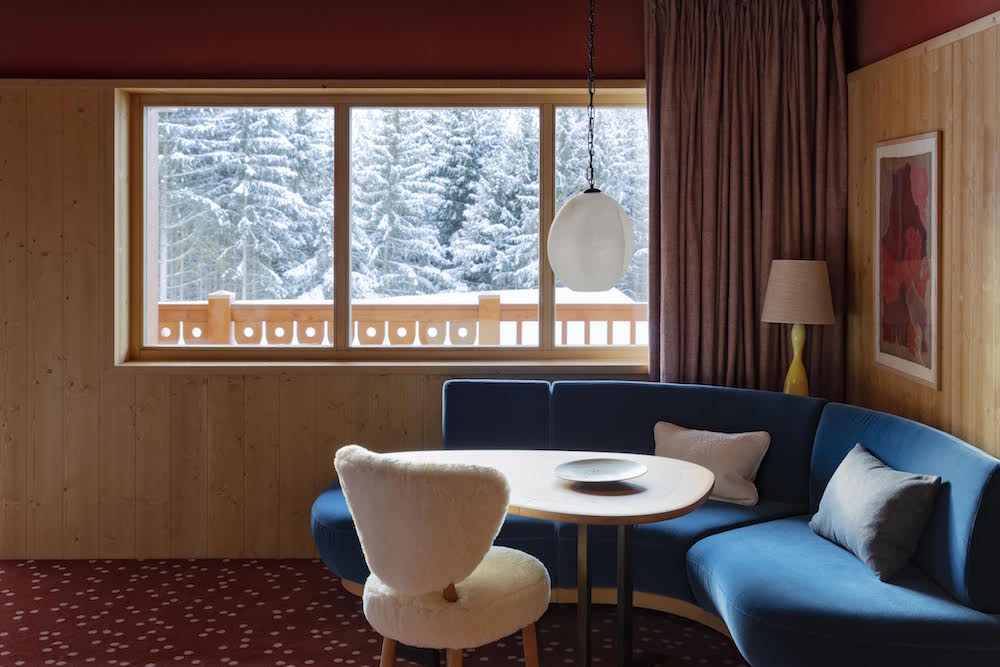
Image credit: Hotel Le Coucou
HK: Can you explain how Maisons Pariente reached out to you with this project?
The Pariente family approached me three years ago, which only feels like yesterday to be honest. They told me about the project, and mentioned that I was the only designer they were interested in working with for it. Yes, there was a burden, but I was also very honoured, and the pressure was good.
HK: What inspired you when you first started drawing the design for Hotel Le Coucou?
PY: The views! In most hotels, you have rooms with good views and bad views. Here, though, every room opens up to capture an amazing panoramic vista of the area. It was important to me that each room utilized this fabulous site. Sometimes, the view even becomes more important than the décor.
- Image caption/credit: The Beefbar Restaurant/Hotel Le Coucou
- Image caption/credit: Suites and guestrooms/Hotel Le Coucou/Jérôme Galland
HK: How did the hotel’s concept come to life?
PY: There were so many local constraints, so I worked with a very local architect on the building’s construction. Once we had the shell of the building, I started to draw everything inside, and some changes were made in order to open up the space. The ceiling in the lobby, for example, was too low and we had to lose a bedroom in order to create that dome-like structure you see when you arrive.
We designed everything and we had to work as quickly as possible. We drew and designed more than 140 pieces of furniture and lighting for this project. I wanted to create something special, and when we decided to purchase something over making it, it was usually because it was vintage. Creating so many pieces was a good exercise for me, because I want some of my items of furniture and lighting to become more accessible.
HK: What is it about the Scandi/American style of furniture that you love?
PY: Scandinavian furniture is instantly recognisable, but it is also timeless and I like the fact that you cannot link it to a period in time or a trend. It becomes more chic. It is also simple, made from nice wood and has a good shape. My experiment was to blend this with a Californian style, which was something new to me and other French designers.

Image credit: Hotel Le Cou cou/Jérôme Galland
HK: What was it like to work with Christian Louboutin in 2015, and how did that change your career?
PY: Chistian Louboutin called me one day, out of the blue, and asked me to design the global concept of his first boutique dedicated to beauty. It was a lot of fun, and I love working on projects that are very different because they challenge me in the best way.
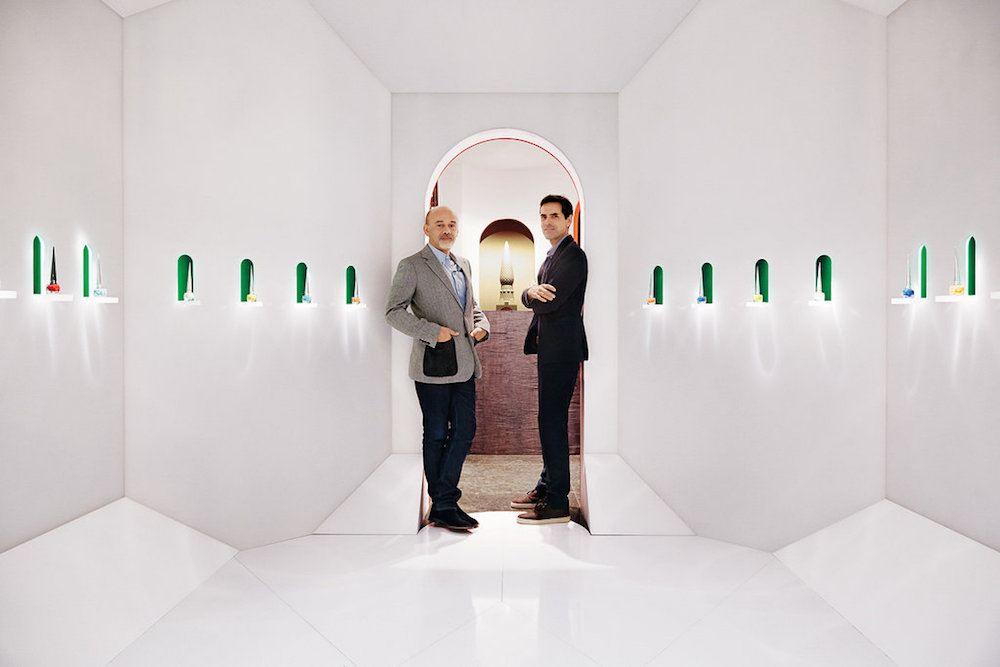
Image credit: Louboutin Beauty Boutique Paris, 2015
HK: What other highlights in your career can you now identify as milestones?
PY: As you can see, I have a very strong interest in furniture, and I have always taken a lot of inspiration from the short yet impactful ‘Swedish Grace’ movement from the early 20th century. In 2005, my profile as a designer grew quickly after I decided to create an exhibition that was inspired by this movement.
Another moment happened two years ago when I was asked to put on an exhibition at Villa Noailles Hyères. I invented a narrative about a woman. In each room, different pieces of art and furniture as well as text told the story of this character. The area sparked a lot of interest from press and the design community. People understood my love and passion for art, theatre and literature. You see, design is larger than interiors. It sits somewhere between art and craftsmanship. I don’t like to be enclosed and I work better when I have freedom on where I source my inspiration from.
HK: Who inspired you to take risks in design?
PY: I worked with fashion designer Pierre Cardin. He warned me that if I didn’t take risks then I would stay small. He has a very strong style and, in a way, he is an architect. Working with Cardin was a very good experience for me, and his words still inspire me today.
- Image caption/credit: Retrospective exhibition “Pierre Cardin: Pursuit of the Future” 2018/Pierre Cardin
- Image caption/credit: American actress Raquel Welch in a futuristic Pierre Cardin outfit
QUICK-FIRE ROUND:
HK: What trend do you hope never returns?
PY: Trends are not interesting. I hate the idea of following trends.
HK: Where is next on your travel bucket list?
PY: Glasgow. I am taking my whole team there next week to learn the work of architect Charles Rennie Mackintosh. I really need to learn new things when I travel.
HK: Describe your team in three words?
PY: Family, friends and positivity
HK: If you could start from scratch with Hotel Le Coucou, would you change anything?
PY: I would change everything! I have new ideas all the time, but this project is a moment in time that I am proud of.
HK: What have your learned from this project?
PY: That constraints are fantastic because budget and time limits allow you to be more creative.
While working on the final stages to complete Hotel Le Coucou, Yovanovitch’s time was split among other projects. In London, he was given just two months to design new interiors for high-end restaurant Hélène Darroze at The Connaught. With the history and heritage of the building on his shoulders, the designer injected style into the space with a sensitively blend of salmon-toned surfaces, bespoke curved furniture and a distinct refined yet comfortable style.
- Image caption/credit: Hélène Darroze inside The Connought/Jérôme Galland
- Image caption/credit: Hélène Darroze inside The Connought/Jérôme Galland
“For me, there are two reasons why I liked that project, Yovanovitch explains. “The first is the chef, Hélène Darroze, who is such a lovely lady. And second was the building itself. Darroze asked me to design something feminine and she ended up loving my idea to narrate through design the tension between masculine and feminine. This project was another example of me drawing everything from scratch – from the lighting to the furniture and even the ceiling. It became a haute Couture project unique for her.”
As our breakfast comes to an end, I am left with little more than a teaser that unveils the designer/architects next movements will be as bold as his latest project. “I am currently working on a few projects, which means that I am travelling a lot” he concludes. “Expect something loud and over the top.”
It’s difficult not to be touched by Yovanovitch’s approach to new challenges. His confident approach to say yes to projects that will stretch his limits as a designer has allowed his to take the industry to a new level – one that is playful, couture-driven and always meaningful.
It’s clear that overhauling iconic spaces into something more is, each time, a personal journey itself that allows Yovanovitch to grow as a creative and artist. Although the challenges that Yovanovitch faces often come with insomnia and the inability to simply switch off, it is his passion and devotion to innovation in the industry that has made him one of the greatest designer/architects of our time.
Main image credit: Pierre Yovanovitch Studio/Vincent Desailly

